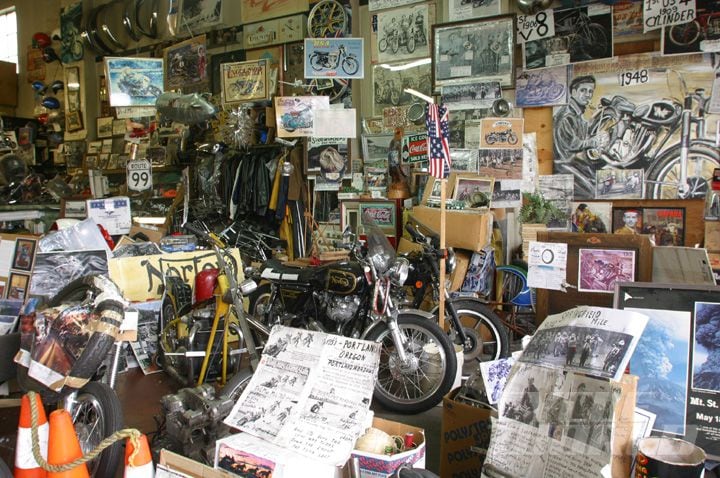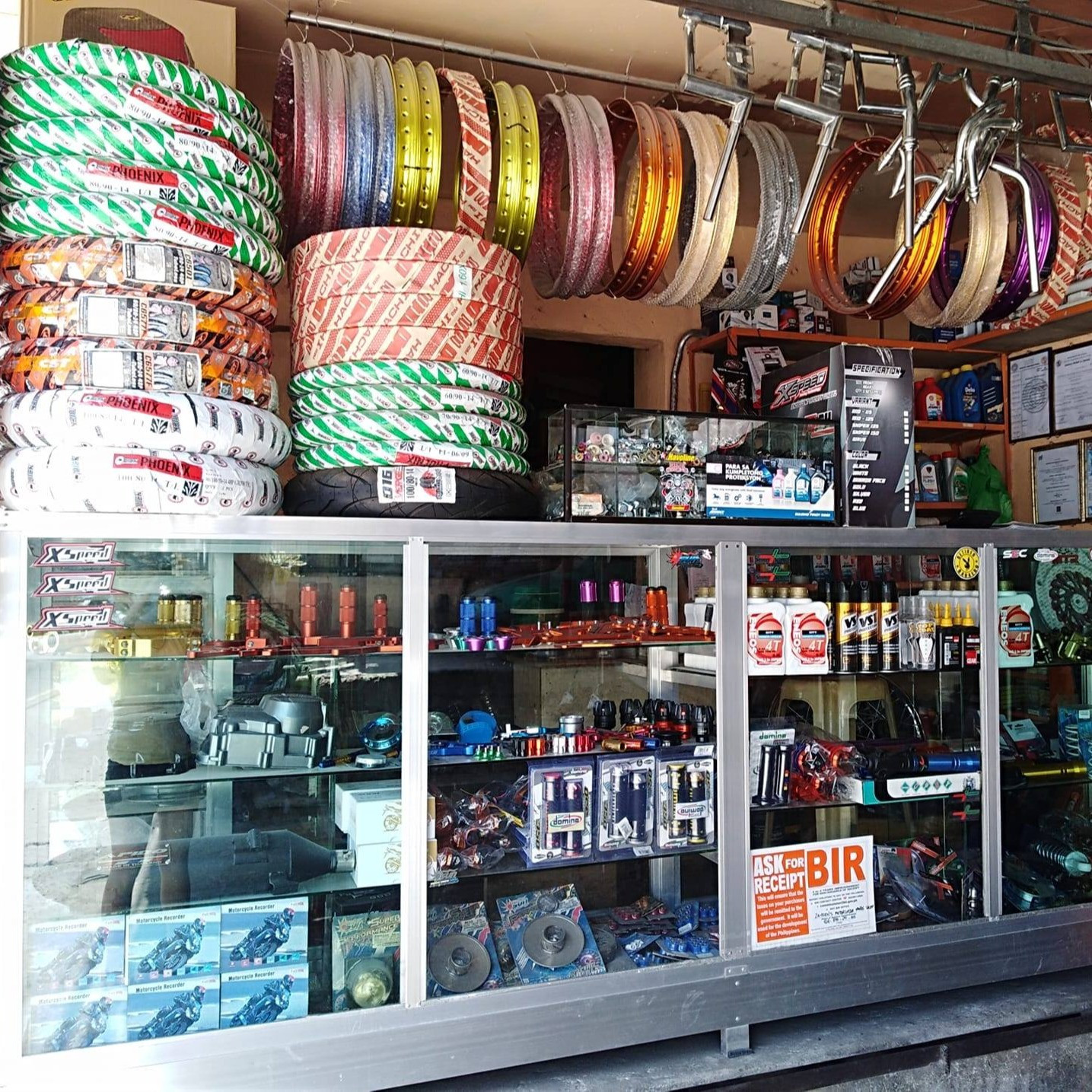Shop the very best MX Parts NZ for Your High-Performance Bike
Wiki Article
Mastering Motorcycle Gears: How to Optimize Your Riding Experience
In the realm of motorcycling, mastering the art of gear manipulation is critical for enhancing your riding performance. Properly using and recognizing motorcycle equipments can dramatically influence gas, acceleration, and control efficiency, transforming an average ride right into a seamless, exciting journey. By incorporating specific change timing and adjusting gear selection to numerous roadway conditions, riders can ensure optimum engine performance and safety. The subtleties of clutch control, throttle sychronisation, and gear mechanics bid a much deeper exploration, guaranteeing to unlock the full capacity of your machine. Just how can these methods be taken advantage of to genuinely enhance your riding experience?Comprehending Equipment Mechanics
At the core of motorbike characteristics, equipment technicians play a pivotal role in converting engine power into motion, ultimately dictating speed and control. The gear ratios, very carefully created, figure out the connection between engine transformations and wheel turns, influencing acceleration and fuel efficiency.
Understanding gear mechanics begins with recognizing the significance of the transmission, which houses numerous equipments of varying dimensions. These equipments interact with a process known as meshing, where teeth of various equipments involve to transfer power.
Furthermore, the concept of gear shifting is important to maximizing efficiency. Smooth and prompt changes make certain that the engine operates within its ideal power band, avoiding unneeded pressure and enhancing long life (motocross gear). By understanding these mechanical intricacies, bikers can accomplish a harmonious mix of control, effectiveness, and power, boosting their riding experience
Timing Your Shifts
Shift timing mastery is necessary for maximizing motorcycle performance and enhancing the riding experience. Appropriately timed changes make certain that the engine runs within its optimal power band, which is essential for preserving control, accomplishing smooth velocity, and making sure the long life of the bike. Riders must develop an intuitive sense of when to move gears, which includes comprehending the connection between engine revolutions per minute (RPM) and speed.To understand change timing, pay close focus to the engine's audio and really feel, as these supply crucial hints concerning when to transform gears. The suitable change factor normally happens when the engine approaches the upper variety of its power band without getting to the redline. Moving too early can lead to an absence of power, while moving too late might create unnecessary engine strain
In addition, road problems and riding design influence change timing. For circumstances, in urban setups, smoother and a lot more frequent changes may be necessary to browse web traffic efficiently. On the other hand, during freeway riding, fewer changes at greater rates can be better suited. Practicing in different atmospheres will improve your capability to time shifts precisely, ultimately boosting your riding experience to a specialist degree.
Enhancing Fuel Effectiveness
While mastering motorbike equipments is vital for performance, improving gas effectiveness is just as important read this article for both financial and ecological reasons. Optimum fuel usage not just reduces operational prices but likewise minimizes the environmental impact of riding. To achieve this, one have to comprehend the detailed relationship between equipment choice and engine efficiency.Riding in a greater gear at lower rates can lead to engine hauling, which is detrimental to both fuel economy and engine health. Conversely, riding in lower gears at high speeds results in unneeded gas intake.
In addition, regular maintenance plays a pivotal role in fuel efficiency. Guaranteeing that the bike is well-tuned, with tidy air filters and correctly pumped up tires, can minimize and boost aerodynamics gas wastage. Adopting a riding style that welcomes gradual acceleration and smooth deceleration can add to much better fuel economic climate.

Strategies for Smooth Transitions
Achieving smooth gear changes is basic to boosting the riding experience and making sure the long life of a motorcycle's transmission system. Proper equipment shifting not just contributes to a smooth trip yet likewise decreases deterioration on the mechanical parts. To grasp the art of smooth changes, bikers must concentrate on a couple of essential strategies.
Second of all, clutch control plays a critical duty. Engaging and disengaging the clutch efficiently requires technique. The clutch bar should be launched progressively, permitting a smooth transfer of power from the engine More Bonuses to the wheels without causing a jolt or abrupt motion.

Adapting to Road Conditions
Navigating diverse road problems is an important ability for any kind of motorcyclist aiming to maintain control and security. Whether you're riding on damp surface areas, crushed rock roadways, or navigating sharp turns, your ability to adapt your gear usage and riding technique is critical. Understanding exactly how to adjust your gears appropriately can considerably affect traction and stability, guaranteeing a safer journey.In contrast, when riding on gravel or irregular terrain, lower equipments are more effective. Lower gears provide far better control and enable you to react even more swiftly to unanticipated modifications in the roadway surface.
Sharp curves require exact equipment management to stabilize speed and control. published here Downshifting prior to entering a curve can help maintain energy while guaranteeing the motorbike remains steady throughout the turn. Regular method in different conditions boosts your capacity to predict and respond to changes in roadway structure and slope.
Final Thought
Grasping bike gears substantially improves the riding experience by enhancing control, gas, and velocity efficiency. Adapting gear selection to various roadway problems, such as making use of greater equipments on damp surface areas and lower equipments on gravel, further improves handling and safety.Understanding equipment mechanics starts with acknowledging the value of the transmission, which houses multiple gears of varying sizes. These equipments interact via a process recognized as meshing, where teeth of various gears involve to send power (moto parts nz). Mild changes to the throttle during equipment shifts can avoid jerky motions and preserve a consistent riding speed
Whether you're riding on damp surfaces, crushed rock roads, or navigating sharp turns, your capability to adapt your gear usage and riding strategy is extremely important. Adjusting equipment selection to various road conditions, such as utilizing greater equipments on wet surface areas and lower equipments on crushed rock, more enhances handling and safety.
Report this wiki page